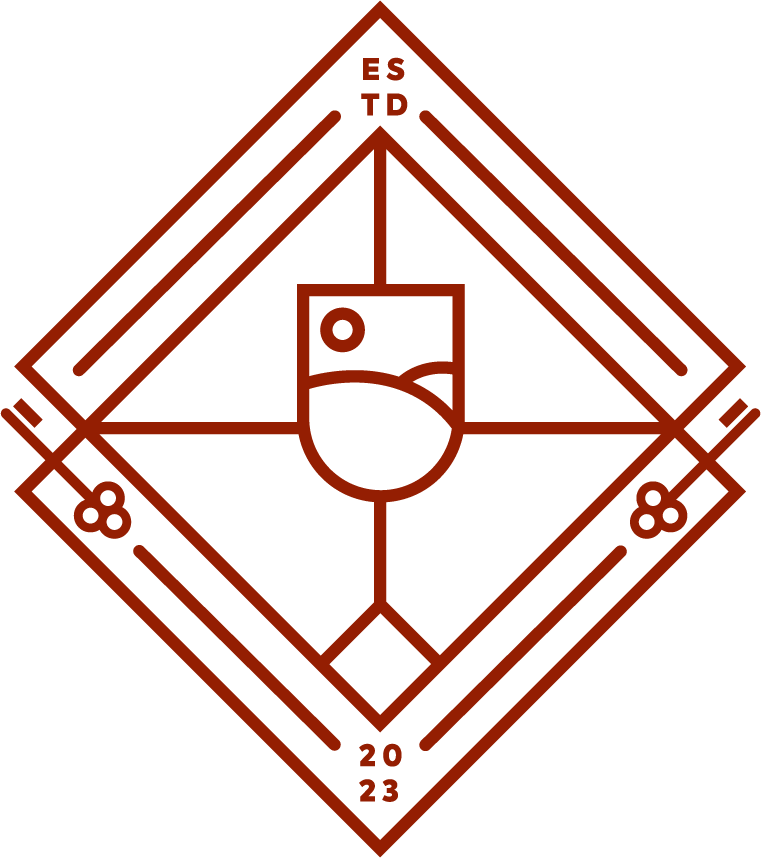
Lbv - Late bottled Vintage portwine
Late Bottled Vintage Port: A Tale of Two Variants
Late Bottled Vintage (LBV) Port offers a delightful middle ground for wine enthusiasts seeking the rich, complex character of a vintage Port, without the necessity of long bottle aging or the corresponding price tag. This article aims to introduce you to LBV Port and highlight the intriguing divergence between its two main variants: filtered and unfiltered.
Understanding Late Bottled Vintage Port
Late Bottled Vintage, or LBV, is a style of Port that originated in the 1960s as a high-quality but more affordable and accessible alternative to Vintage Port. Like Vintage Port, LBV is produced from grapes of a single year's harvest, but its maturation process is what sets it apart.
Whereas Vintage Port spends a relatively short time (about two years) maturing in oak before it's bottled for further aging, LBV Port is aged in wooden casks for a longer period, typically four to six years. This extended aging period in wood allows LBV to develop some of the complexity and depth associated with a Vintage Port but also results in a wine that is more approachable and ready to drink upon release.
Filtered LBV Port
The most commonly found type of LBV on the market is the filtered variant. After its aging period in oak, filtered LBV is fined and filtered to remove any remaining solid particles, including natural sediment, before it is bottled.
The filtering process ensures the wine's stability, meaning it won't change significantly or form a sediment in the bottle. This variant is designed to be enjoyed immediately upon release and does not require decanting. Filtered LBV Port tends to have a smooth, rounded character, with rich fruit flavors, subtle spice notes, and a hint of the nuttiness associated with longer-aged Ports.
Unfiltered LBV Port
The unfiltered variant of LBV Port, while less common, holds a special appeal for many Port enthusiasts. Unlike the filtered LBV, unfiltered LBV is not subjected to a filtering process before bottling, meaning it retains some of the natural sediment from the grapes.
Unfiltered LBV Ports are often bottled with traditional driven corks instead of stopper corks, signaling that they are suitable for further aging in the bottle. Over time, these Ports can develop additional complexity and character, much like a Vintage Port. Unfiltered LBVs should be decanted before serving to separate the wine from its sediment.
While unfiltered LBV can be enjoyed upon release, those willing to wait can be rewarded. Over time, the wine can evolve in the bottle, developing a range of complex flavors that make it even more satisfying to drink.
Exploring LBV Port
Whether you opt for a filtered or unfiltered LBV Port depends largely on your personal preferences and how you intend to enjoy the wine. If you're seeking a ready-to-drink Port that offers depth and complexity without the need for decanting or further aging, a filtered LBV could be an excellent choice. On the other hand, if you're attracted to the potential evolution and additional complexity that can come with bottle aging, you might want to explore unfiltered LBV Port.
In either case, LBV Port represents an opportunity to taste the distinctive qualities of a particular vintage year at a more accessible price point than Vintage Port. Both filtered and unfiltered LBV Ports offer a rewarding tasting experience and a glimpse into the fascinating world of single-year Ports. The exploration of these two distinct yet interconnected expressions of LBV Port offers a captivating journey through the rich tapestry of Port wine styles.
-
The color of the LBV wines are always ruby like.
-
Well known for it’s young but full bodied flavor. This Portwine is easily recognized by it’s black fruits and red fruits notes
-
This wines is made
-
LBV’s are perfect for chocolate deserts and pastries.
-
19-21%
-
As LBV’s don’t have the ability to grow in complexity or style, we recommend to store LBV’s in a dark and cold place, up to max 12 degrees. After opening an LBV is good for another 2 max 3 weeks.



